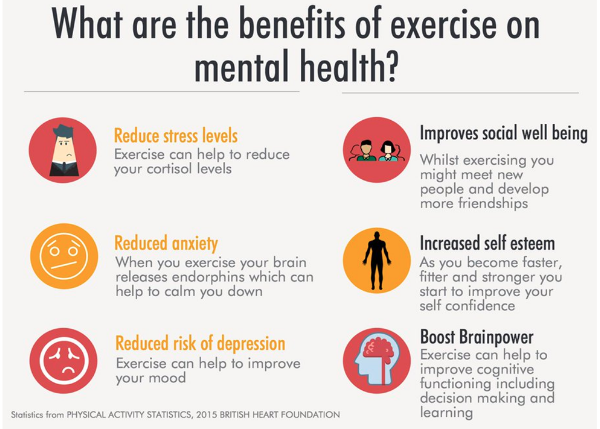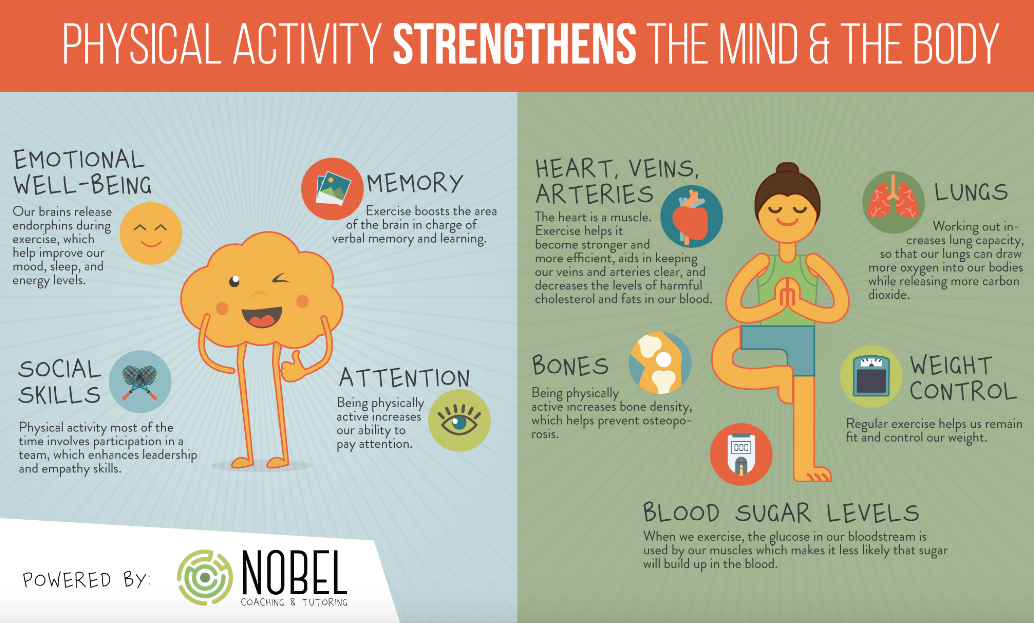BLOG
All
Fitness & Yoga
Lifestyle
Mental Health
Nature
Nutrition
There are a wide variety of topics I intend to write about on here. A few of them include:
- Movement
- Mindfulness
- Multidimensional Wellness (Physical, Emotional, Social, Economic, Environmental, Spiritual, Intellectual)
- Mental Illness (specifically anxiety & insomnia)
- Fitness & physical activity
- Yoga & yogic philosophy
- Saving the environment
- Nature
- Self love and self care
- Vegan and vegetarian food
- Traditional Chinese Medicine
- Ayurveda
- Chakras & their subtle energies



